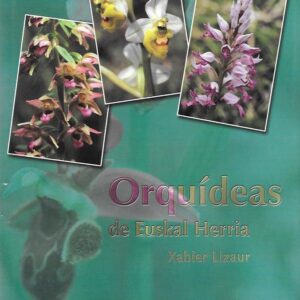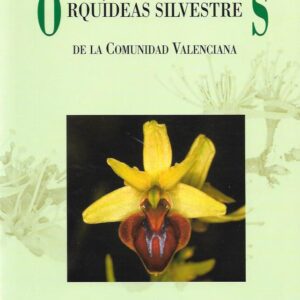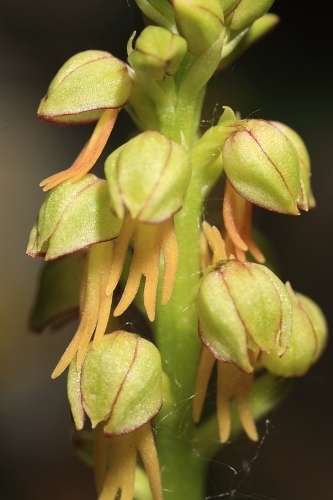
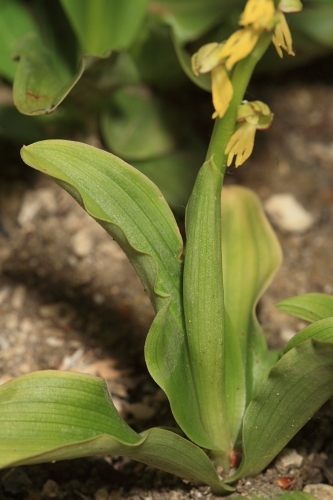
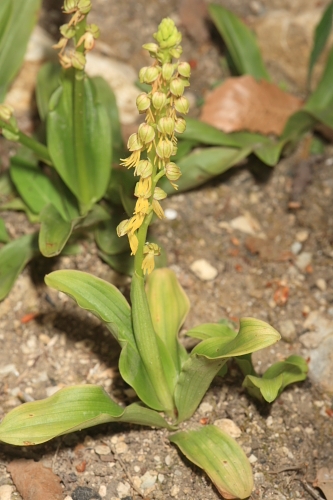
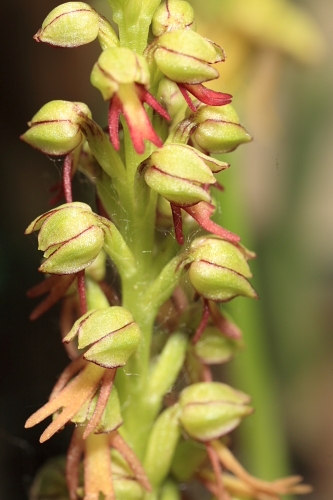

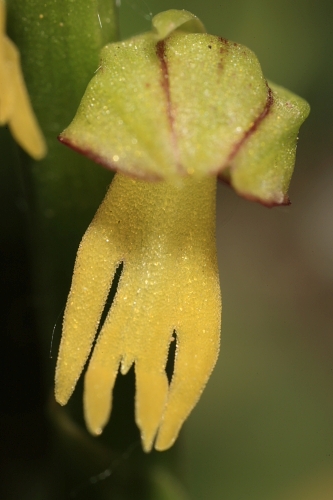
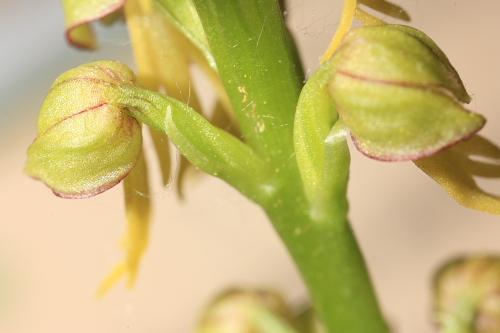
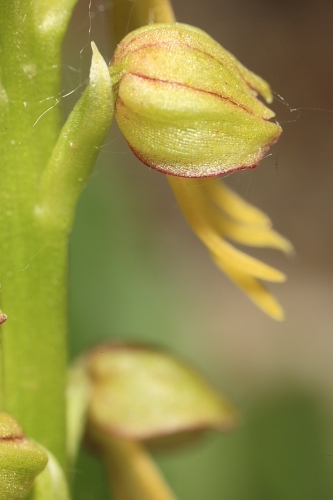
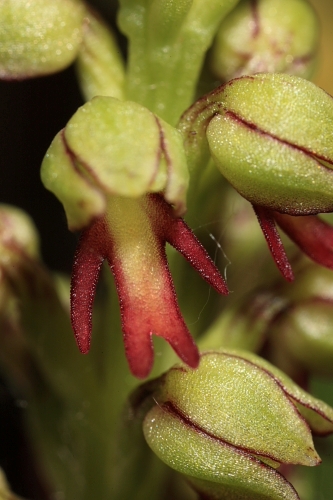
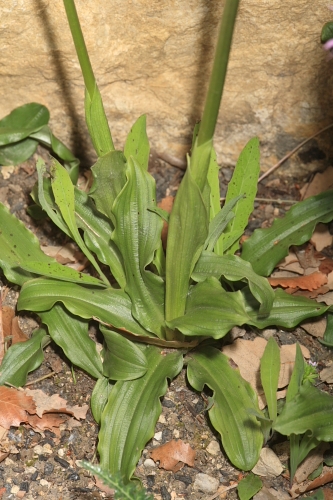
Aceras anthropophorum (L.) W. T. Aiton
- Descripción
Descripción
Aceras anthropophorum (L.) W.T. Aiton, Epit. Hort. Kew. 281 (1814)
Familia: Orchidaceae (Orquidáceas).
Etimología del Género: Aceras= del griego aceras, -ceratis. a- = prefijo privativo y karas, -atos= ceras, cuerno. Debido a que no poseen espolón y por lo tanto no tienen forma de cuerno.
Etimología de la Especie: anthropophorum=del latín anthropos,-ou, hombre. Y del griego phoros,-on, que produce. Por el parecido del labelo de la flor a una figura humana.
Sinónimo/Basiónimo:
Orchis anthropophora (L.) All., Fl. Pedem. 2: 148 (1785)
Arachnites anthropophora (L.) F.W. Schmidt, Fl. Boom. 1: 77 [tab. 103, no publicada] (1793)
Ophrys anthropophora L., Sp. Pl. 948 (1753)
Loroglossum anthropophorum (L.) Rich., De Orchid. Eur. 32 (1817)
Himantoglossum anthropophorum (L.) Spreng., Syst. Veg. 3: 694 (1826)
Ophrys anthropomorpha Willd., Sp. Pl. 4: 63 (1805)
Aceras anthropomorphum (Willd.) Sm. in Rees, Cycl. 39(1), Aceras n. 2 (1818)
Aceras anthropophorum var. angustatum Rouy in Rouy & Foucaud, Fl. France 13: 181 (1912)
Aceras anthropophorum var. balearicum Chodat in Bull. Trav. Soc. Bot. Genéve 11: 88 (1905), nom. nud.
Aceras anthropophorum var. latior Rouy in Rouy & Foucaud, Fl. France 13: 181 (1912)
Nombre Vulgar: Flor del hombre ahorcado, hombre colgado, hombrecillos ahorcados.
Porte: Hasta 50 cm.
Floración: 4-5-6
Hábitat: Matorrales y claros de bosques.
Distribución Mundial: Centro y Sur de Europa.
Distribución por Provincias: A Ab Al B (Ba) Bi Bu Ca Co CR Cu Ge Gr Gu H Hu J L Le Lo Lu M Ma Mu Na O Or P PM[Mll (Ib)] S Se Sg So SS T V Va Vi Z


